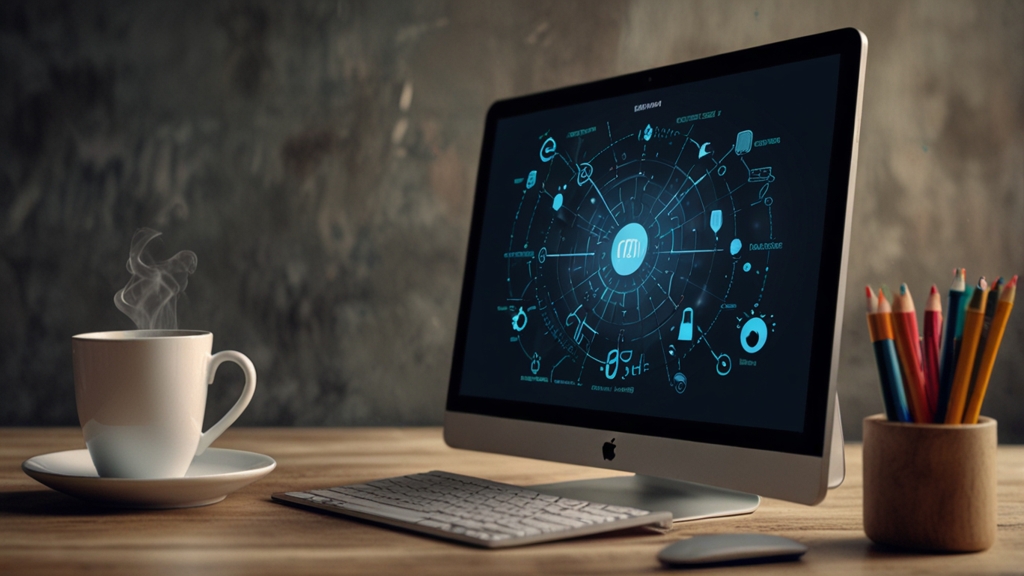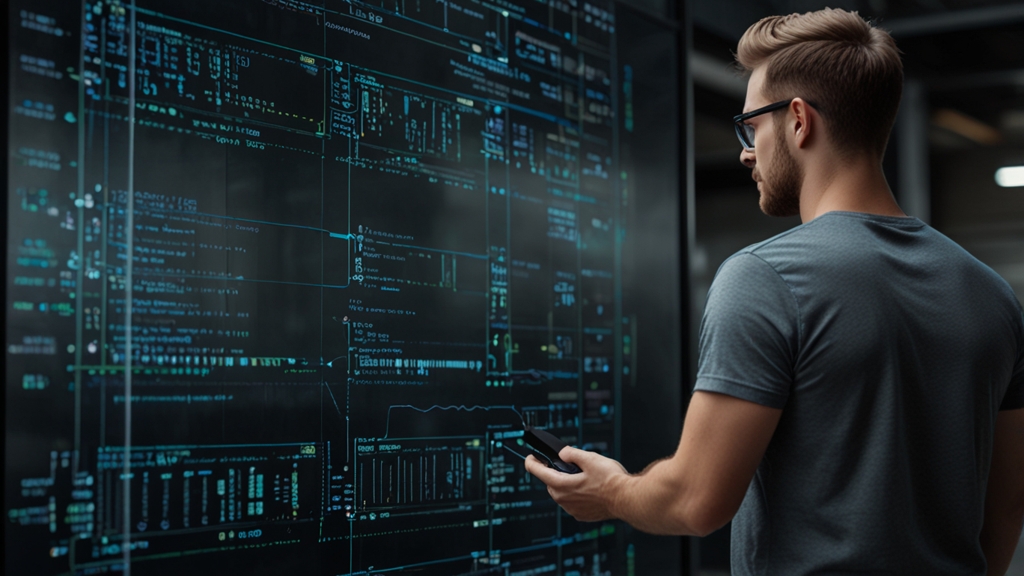Why Traditional Studying is Dead: Discover What Works Now
The landscape of education has undergone a massive transformation in recent years, prompting educators and students alike to reevaluate the efficacy of traditional studying methods. With the advent of technology, evolving pedagogical theories, and an increased understanding of individual learning preferences, the classic approach to studying is quickly becoming obsolete. Let’s explore why traditional studying is dead and what innovative methods are proving to be more effective today.
The Downfall of Traditional Studying
Traditional studying typically involves passive learning techniques such as rote memorization, extensive note-taking, and long hours of solitary study. While these methods have been used for decades, they fall short when evaluated against modern educational demands. For one, they do not cater to different learning styles. Whether a student is a visual, auditory, kinesthetic, or reading/writing learner, traditional methods often fail to provide the personalized learning experiences needed for effective comprehension and retention.
“One size does not fit all in education. Traditional studying methods are losing their relevance as they cannot cater to the diverse needs of today’s learners.” – Dr. Jane Smith, Education Specialist
The Rise of Active Learning
Active learning is revolutionizing how students engage with material. Rather than passively receiving information, students participate in discussions, problem-solving, and application exercises. Techniques such as project-based learning, collaborative group work, and flipped classrooms are becoming increasingly popular and effective. In a flipped classroom, for example, students review lecture material at home and engage in active problem-solving and projects during class time. This not only reinforces their understanding but also fosters a collaborative learning environment.
The Role of Technology
The integration of technology has been another game-changer in education. Digital platforms, applications, and tools enable interactive and personalized learning experiences. Online learning platforms like Khan Academy, Coursera, and Udemy offer a plethora of resources that cater to different learning preferences. Virtual reality (VR) and augmented reality (AR) are also making inroads, offering immersive experiences that make complex subjects more understandable. Additionally, Artificial Intelligence (AI) can help tailor educational content to each student’s pace and level of understanding.
“Technology bridges the gap between traditional studying and today’s educational needs by offering customized, interactive learning experiences.” – Michael Johnson, EdTech Innovator
The Importance of Soft Skills
In today’s rapidly changing job market, soft skills like critical thinking, creativity, collaboration, and emotional intelligence are as important as technical knowledge. Traditional studying methods often emphasize the latter at the expense of the former. Modern educational strategies are increasingly focusing on developing these essential skills. Activities such as group projects, internships, and real-world problem-solving not only enhance learning but also prepare students for their future careers.
Lifelong Learning: The New Norm
The concept of lifelong learning is gaining traction as the half-life of knowledge rapidly decreases. Continuous skill development and learning are becoming integral parts of personal and professional growth. Traditional studying methods, which are largely confined to formal education settings, are ill-equipped to facilitate this ongoing educational journey. Online courses, professional workshops, and micro-credentialing programs are filling this gap, enabling individuals to upskill and reskill throughout their lives.
“Education is no longer a one-time event but a continuous process. Lifelong learning is the key to staying relevant in an ever-changing world.” – Sarah Lee, Learning and Development Expert
Conclusion
While traditional studying methods have played a significant role in education, they are increasingly inadequate for today’s diverse and dynamic learning needs. Active learning, technological integration, an emphasis on soft skills, and the concept of lifelong learning are the cornerstones of modern education. As we move forward, adopting these new approaches will be crucial in preparing students for the challenges and opportunities of the future.








